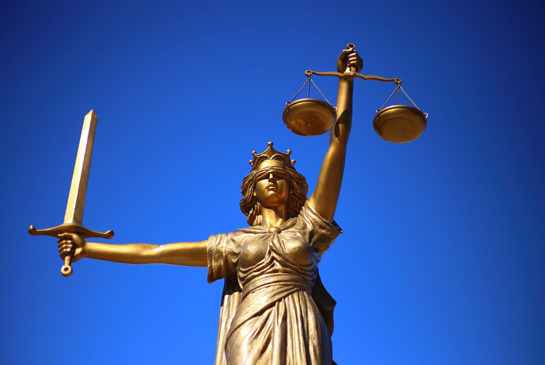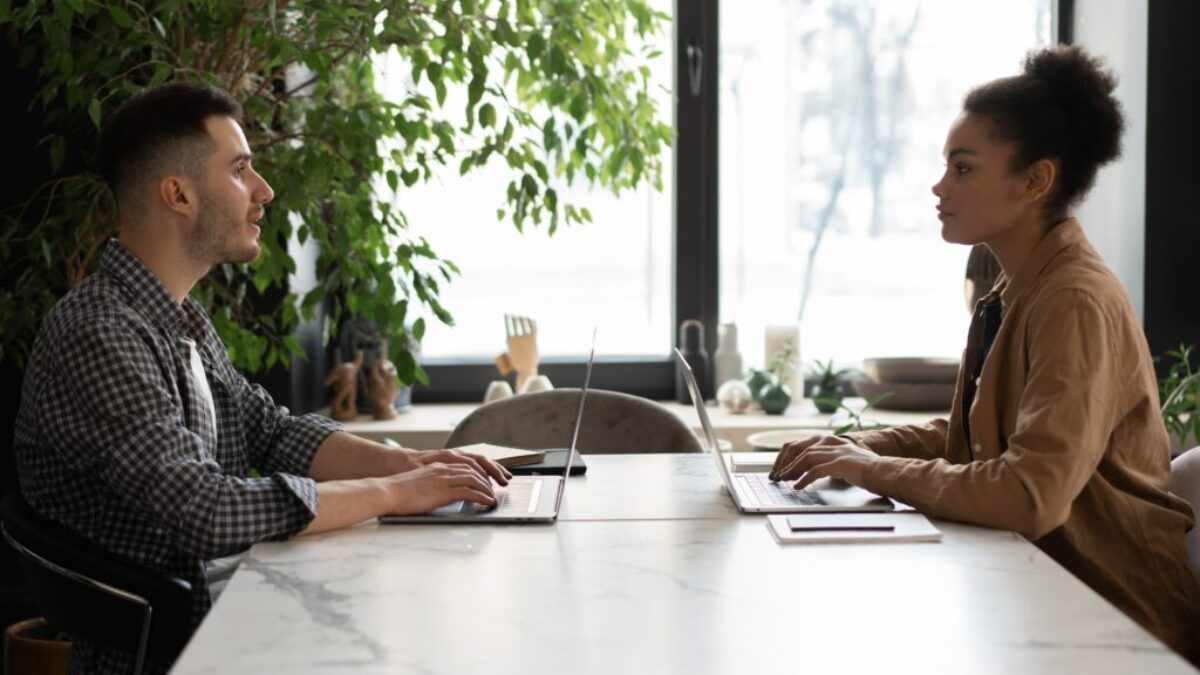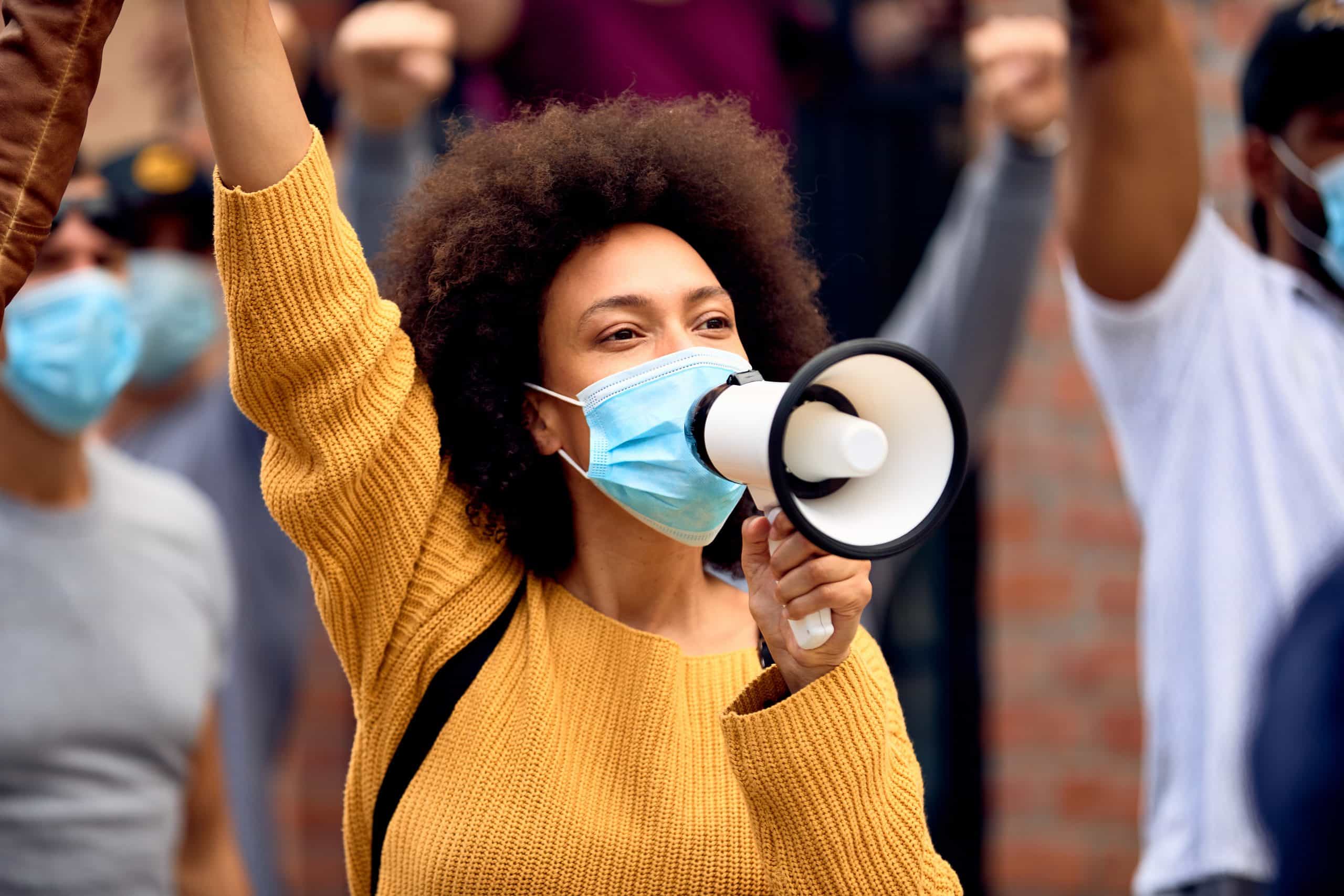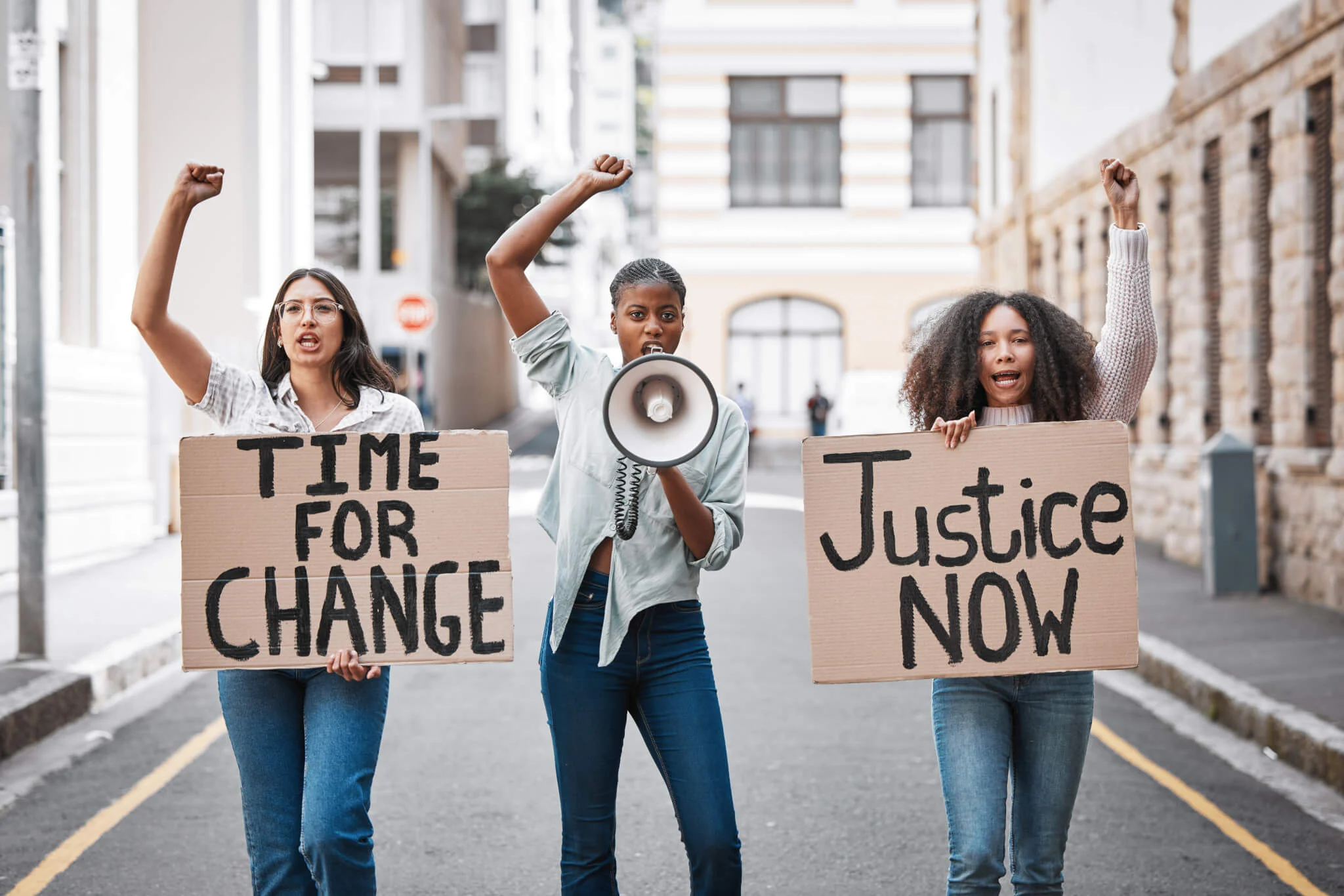Understanding Social Justice and Human Rights
Imagine a world where everyone has an equal shot at a good life—access to education, healthcare, and the freedom to be themselves without fear. That’s the heart of social justice and human rights, two intertwined concepts that aim to create fairness and dignity for all. Social justice is about ensuring equitable treatment and opportunities across society, while human rights are the universal entitlements every person has, simply because they’re human. Together, they form a framework for tackling inequalities and protecting individual freedoms.
What Is Social Justice?
Social justice is the pursuit of fairness in how society distributes resources, opportunities, and privileges. It’s about leveling the playing field so that no one is left behind due to race, gender, class, or any other factor. Think of it as a gardener tending to a diverse patch of plants—each one needs different care to thrive, but the goal is a flourishing garden for all. The United Nations defines social justice as “an underlying principle for peaceful and prosperous coexistence within and among nations,” emphasizing equality and solidarity.
What Are Human Rights?
Human rights are the basic freedoms and protections every person is entitled to, no matter where they live or who they are. These include the right to life, education, health, and freedom from discrimination, as outlined in the Universal Declaration of Human Rights (UDHR) in 1948. Picture a global promise that says, “You’re human, so you deserve respect and dignity.” From clean water to free speech, human rights are the foundation for a just society.
Why They Matter Together
Social justice and human rights are like two sides of the same coin. Human rights provide the legal and moral framework, while social justice pushes for those rights to be realized in everyday life. For example, the right to education is meaningless if systemic barriers prevent certain groups from accessing schools. By combining these principles, we work toward a world where everyone can thrive, not just survive.
The Historical Roots of Social Justice and Human Rights
The fight for social justice and human rights didn’t start yesterday—it’s a story centuries in the making. From ancient philosophers debating fairness to modern movements for equality, these ideas have evolved through struggle and triumph. Let’s dive into their origins to understand how we got here.
Early Philosophical Foundations
Back in the 18th century, thinkers like John Locke and Jean-Jacques Rousseau laid the groundwork for human rights by arguing that individuals have natural rights to life, liberty, and property. Fast forward to the 20th century, John Rawls’ theory of justice introduced the idea that fairness should guide how we structure society, prioritizing the most disadvantaged. His “Difference Principle” suggests that inequalities are only just if they benefit everyone, especially the least advantaged.
The Universal Declaration of Human Rights
In 1948, the United Nations, led by Eleanor Roosevelt, drafted the UDHR, a landmark document that codified human rights for the first time. It was a response to the horrors of World War II, aiming to ensure that no one would face such atrocities again. The UDHR covers everything from the right to life to freedom of expression, serving as a global blueprint for dignity. It’s like a moral compass for humanity, guiding nations toward justice.
Modern Social Justice Movements
From the Civil Rights Movement in the United States to anti-apartheid struggles in South Africa, social justice movements have pushed human rights into action. These movements highlight how systemic issues—like racism or economic inequality—block access to rights. Today, campaigns like Black Lives Matter or climate justice advocacy continue this work, showing that the fight for fairness is far from over.
Key Issues in Social Justice and Human Rights
Social justice and human rights touch every corner of society, addressing issues that affect billions of lives. Let’s explore some of the most pressing challenges and how they intersect with these principles.
Economic Inequality
Wealth gaps are a glaring obstacle to social justice. In 2023, the top 1% globally held nearly half of the world’s wealth, while billions scrape by on less than $2 a day. This isn’t just numbers—it’s people unable to afford healthcare or education, despite these being human rights. The UN’s Sustainable Development Goals (SDGs), particularly Goal 10 (Reduced Inequalities), aim to bridge this gap through policies like fair taxation and social protection programs.
Gender Equality
Gender equality is a cornerstone of both social justice and human rights. Women and girls still face barriers like wage gaps (women earn 82 cents for every dollar a man earns in the U.S.) and lack of access to education in some regions. The UN’s SDG 5 focuses on empowering women, but progress is slow—only 26% of parliamentary seats globally are held by women. True equality means ensuring everyone, regardless of gender, has equal opportunities.
Racial and Ethnic Discrimination
Discrimination based on race or ethnicity violates the human right to equality. For example, in the U.S., Black Americans are incarcerated at five times the rate of white Americans, reflecting systemic biases in the justice system. Social justice demands dismantling these structures through reforms like unbiased policing and equitable hiring practices. Every person deserves dignity, no matter their background.
Climate Justice
Climate change disproportionately harms marginalized communities, making it a human rights issue. Low-income countries, which contribute the least to emissions, face the worst impacts—think flooding in Bangladesh or droughts in Sub-Saharan Africa. Social justice calls for wealthier nations to support vulnerable populations through funding and technology transfers, ensuring their right to a safe environment.
Comparing Social Justice and Human Rights
To understand how these concepts work together, let’s break down their similarities and differences in a clear comparison.
| Aspect | Social Justice | Human Rights |
|---|---|---|
| Definition | Promoting fairness and equity in society | Universal entitlements for all humans |
| Focus | Systemic inequalities and resource allocation | Individual and collective freedoms |
| Key Examples | Wealth redistribution, anti-discrimination | Right to life, freedom of speech |
| Approach | Action-oriented, community-driven | Legal and moral framework |
| Scope | Often local or national | Universal, global |
Pros and Cons of Social Justice Approaches
Pros:
- Addresses root causes of inequality, like systemic racism or poverty.
- Empowers communities to advocate for change.
- Flexible, adapting to specific cultural or local needs.
Cons:
- Can face resistance from those benefiting from the status quo.
- Progress is often slow due to entrenched systems.
- Requires sustained effort and resources.
Pros and Cons of Human Rights Frameworks
Pros:
- Provides a universal standard recognized globally.
- Legally binding in many contexts (e.g., UN treaties).
- Protects individuals from state abuses.
Cons:
- Enforcement varies widely across countries.
- Can feel abstract without local action.
- May not address all cultural nuances.
Real-World Examples of Social Justice and Human Rights in Action
Let’s bring these concepts to life with stories that show their impact. These examples highlight how people and organizations are making a difference, making the abstract feel personal.
The Fight for Clean Water in Flint, Michigan
In 2014, Flint, Michigan, faced a water crisis when lead contaminated the city’s drinking water, disproportionately affecting low-income and Black communities. Activists like Mona Hanna-Attisha, a pediatrician, exposed the crisis, linking it to the human right to clean water. Their advocacy led to national attention and policy changes, though challenges remain. It’s a stark reminder that social justice means ensuring basic rights for all, not just the privileged.
The International Labour Organization’s Decent Work Agenda
The International Labour Organization (ILO), a UN agency, champions workers’ rights through its Decent Work Agenda. In Zimbabwe, for example, the ILO supports banana growers by promoting fair wages and safe conditions, aligning with SDG 8 (Decent Work and Economic Growth). This work shows how human rights—like fair treatment at work—translate into real-world social justice.
Malala Yousafzai and the Right to Education
Malala Yousafzai, a Pakistani activist, survived a Taliban attack for advocating girls’ education. Her global campaign has pushed the human right to education into the spotlight, inspiring millions. Her story proves that one voice can spark social justice movements, challenging systems that deny basic rights.
How to Get Involved in Social Justice and Human Rights
Want to make a difference? There are countless ways to contribute, whether you’re an individual, a student, or a professional. Here’s how you can start.
Where to Get Involved
- Local Organizations: Join community groups focused on issues like housing or racial equity. Check platforms like VolunteerMatch to find opportunities near you.
- Global NGOs: Support organizations like Human Rights Watch or Amnesty International through donations or advocacy. Visit hrw.org for reports and campaigns.
- Policy Advocacy: Engage with local government to push for fair policies, like affordable healthcare or anti-discrimination laws.
Best Tools for Advocacy
- Social Media Platforms: Use X or Instagram to raise awareness. Hashtags like #SocialJustice or #HumanRights amplify your message.
- Petition Platforms: Sites like Change.org let you start or sign petitions for causes you care about.
- Educational Resources: Access free courses on human rights from platforms like Coursera or the UN’s own learning hubs.
Practical Steps to Take
- Educate Yourself: Read books like The New Jim Crow by Michelle Alexander to understand systemic inequalities.
- Volunteer: Offer your skills to local nonprofits, like tutoring for underserved youth.
- Donate: Even small contributions to organizations like the ACLU can fund impactful work.
- Speak Up: Call out injustice in your community, whether it’s at work or in public spaces.
People Also Ask (PAA) Section
Below are real questions from Google’s “People Also Ask” feature, answered concisely to target featured snippets.
What is the difference between social justice and human rights?
Social justice focuses on creating equitable systems to address inequalities, while human rights are universal entitlements, like the right to life or education. Social justice often works to make human rights a reality through systemic change. Both aim for fairness but differ in scope and approach.
Why is social justice important?
Social justice ensures everyone has equal access to opportunities and resources, reducing disparities in wealth, education, and health. It fosters peace, strengthens communities, and upholds human dignity, aligning with the UN’s vision for a just society.
What are examples of human rights?
Human rights include the right to life, freedom of speech, education, healthcare, and protection from discrimination. The Universal Declaration of Human Rights lists 30 rights, covering civil, political, economic, social, and cultural aspects.
How can I promote social justice?
You can promote social justice by volunteering with local organizations, advocating for policy changes, educating others, and supporting marginalized communities. Use platforms like X to share resources or join groups like Amnesty International.
FAQ Section
What does social justice mean in simple terms?
Social justice means creating a society where everyone has equal access to opportunities, resources, and fair treatment, regardless of their background. It’s about fixing systems that unfairly disadvantage certain groups.
How are human rights enforced?
Human rights are enforced through international treaties, national laws, and organizations like the UN’s Office of the High Commissioner for Human Rights (OHCHR). However, enforcement varies, as some countries lack the will or resources to comply.
Can individuals make a difference in social justice?
Absolutely! Individuals can volunteer, donate, advocate, or raise awareness to drive change. Small actions, like supporting local nonprofits or sharing educational content, add up to create impact.
What are the biggest challenges to social justice?
Challenges include systemic inequalities, resistance from powerful groups, and limited resources. Progress requires sustained effort, policy changes, and collective action to overcome entrenched barriers.
How does climate change relate to human rights?
Climate change threatens human rights like access to water, food, and safety, especially for marginalized communities. Social justice demands that wealthier nations help vulnerable populations adapt and thrive.
Challenges and the Path Forward
The road to social justice and human rights is bumpy, but it’s not impassable. Systemic issues like poverty, discrimination, and climate change require collective action. Governments, organizations, and individuals must work together—think of it as a global potluck where everyone brings something to the table. The UN’s 2030 Agenda for Sustainable Development offers a roadmap, but progress is lagging. For example, while extreme poverty has decreased, the SDGs are not on track to meet their 2030 targets.
The Role of Education
Education is a game-changer. Schools of public health, for instance, are embedding social justice into their curricula, teaching students to address health disparities and advocate for equity. By equipping people with knowledge and skills, we empower them to challenge injustice.
Technology and Advocacy
Technology, like social media, amplifies voices that might otherwise be silenced. In 2025, platforms like X are buzzing with discussions on human rights, from Venezuela to South Africa. But technology also poses risks, like censorship or misinformation, which can undermine advocacy efforts. Staying informed and critical is key.
A Call to Action
You don’t need to be a hero to make a difference. Start small—read up, volunteer, or share a post that educates others. Every step counts, like ripples in a pond that eventually create waves. Social justice and human rights aren’t just ideals; they’re a commitment to a better world.
Conclusion
Social justice and human rights are more than buzzwords—they’re a call to action for a world where everyone has a fair shot. From historical struggles to modern movements, these principles guide us toward equity and dignity. By understanding their roots, tackling key issues, and getting involved, we can all play a part. Let’s not just dream of a just society—let’s build it, one step at a time.



